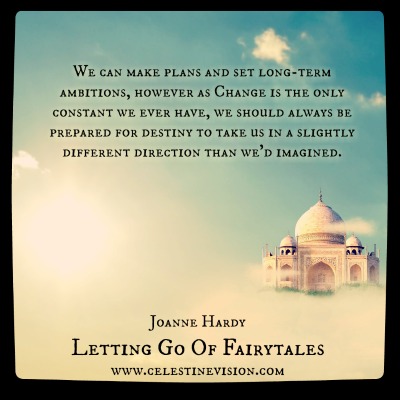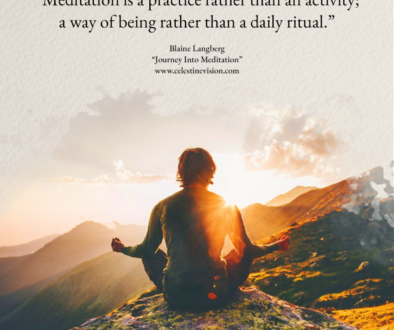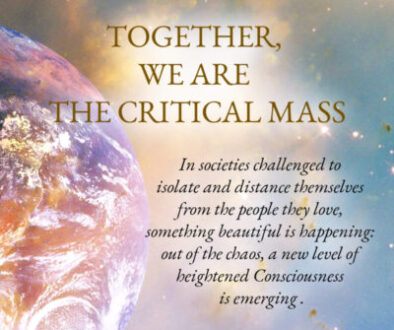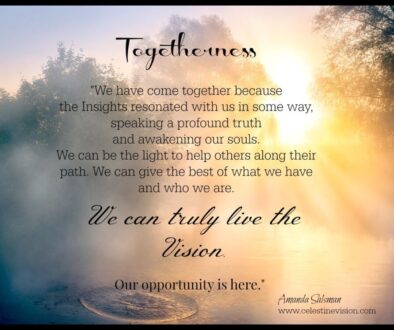Letting Go Of Fairy Tales
 Now, don’t get me wrong, I’ve always been a sucker for a good fairy tale. Just like millions of others, I grew up knowing the stories of Cinderella, Sleeping Beauty, and all the other super-star princesses, and I loved them all. The girl is in trouble and then, Prince Charming rides in to carry her away from all the suffering she’s ever known. They journey through hardship and challenges together, their love triumphs, and they live happily ever after. Lovely. Not necessarily realistic, but lovely nonetheless.
Now, don’t get me wrong, I’ve always been a sucker for a good fairy tale. Just like millions of others, I grew up knowing the stories of Cinderella, Sleeping Beauty, and all the other super-star princesses, and I loved them all. The girl is in trouble and then, Prince Charming rides in to carry her away from all the suffering she’s ever known. They journey through hardship and challenges together, their love triumphs, and they live happily ever after. Lovely. Not necessarily realistic, but lovely nonetheless.
As the decades have gone by, Disney has clearly cottoned on to the fact that we no longer want to see a girl being saved by a handsome young man—we want our leading ladies to have strength, and that’s great. In turn, we see the recent Disney princesses saving themselves, sometimes they save the leading man, and that’s a definite improvement in the message of self-worth and courage. But my issue is that at the end of the story these characters still go on to live “happily ever after.”
The stories don’t end “and then they were happy,” they end “and then they were happy for the rest of their lives.” And there’s something about that which I find misleading—especially when we consider that these fairy-tale films are being created primarily for kids.
Have we had the notion falsely suggested to us, and subtly implanted in our minds from a young age, that long-term happiness is actually achievable through the relationships we form with others or through finding and knowing our self? As we journey through life, playing the lead-role of our own movie, do we get hung up on pining for the fairy-tale outcome? When we find romantic love, do we want it to save us, so we too can now live happily ever after? Or when we find ourselves, do we then consider, OK, now I know who I am, I can live happily for the rest of my life?
‘Happy-Ever-After’ is a dangerous term
When we form an attachment to what happiness looks like in our imagination and things don’t work out just like we’d hoped, the happily-ever-after dream is shattered, and we suffer twice: once for the circumstance and then again for the fairy-tale. By fantasising over a desirable scenario, we create a space for devastation to occur at some stage should reality manifest a different outcome.
Once we’ve embraced spirituality, we know deep-down that no other party can ever save us. There is no-one waiting in the wings who can step in and offer us inner peace and a sustainable reason for being. So, in times of hardship, we can all dig deep to save ourselves, but I think it’s worth remembering that saving ourselves is something we will most probably have to do again and again throughout our lives, in a variety of manners and circumstance.
The only accounts I’ve heard where people claim to have found never-ending bliss, are from those who have devoted themselves to their spirituality and the practice of meditation/ Kriya Yoga. When they consciously connect with the divine source and touch this energy they feel an abundance of love which gloriously raises their vibrational level. Through this connection, they can journey through life happily because they have found a gateway to Love which never fails them. And I do meditate, I can stop and breathe in love, but I think for most of us who are not saints or spiritual gurus, the energy of life spirals around us. We experience highs and lows, we can have periods of anxiety, sadness, anger, and some days we hurt. This is natural, we have egos, and whilst we react to life and events that we never saw coming, we will find some days significantly more challenging than others.
We Can Help Ourselves By Understanding Our Ego
To help ourselves, we can study our ego by using methods such as the Enneagram, and through looking at all the ways our egos react habitually in times of stress, we can understand ourselves and our actions better. But even once we know our Enneagram Type and we’ve read chapter and verse on it, managing our personality will be an ongoing process. We’re not perfect! There is no ego button we can switch off, and say, “OK, as a Type 3, I know it’s normal for me to have workaholic tendencies, so I just won’t do that anymore.” Or as a Type 2 think, “OK, I won’t ever be a doormat again or get caught up in people-pleasing.” Our egoic actions will continue to creep up on us, camouflaged in various guises as we navigate our way through new circumstances, problems, and opportunities.
Problem-solving is part of human life, and it’s inevitable that sometimes we may not know how to handle a new situation for the best. Every Enneagram Type of ego has its own vibrational level that will at some stage, disturb someone whose ego is very different (or similar!) to our own. But whilst we think about what the ego wants and try to manifest our dream future, we will, at times, rub other people up the wrong way and we will create our own problems—which we then have to fix. There can be no permanent state of bliss if we’re looking towards how we can be happy in the future instead of focusing on simply being happy today.
If we’re not happy in the present moment, of course meditation will help, but we must also contemplate our situation, and using the Enneagram can be a huge aid into understanding our own subconscious motivations and triggers. Through calmly shining a light on the problems that we have, we can examine ourselves, our reactions, and our situation to determine what we need to do to make things better. Only once we’ve handled our problems to the best of our ability can we then enter a state of peace.
Should we stop trying to guess what our future self will want?
We’re not living in a work of fiction, and although we can own the role we play in our life movie and we can play the cards we’re dealt, we can never know what’s coming our way. We can make plans and set long-term ambitions, however as Change is the only constant we ever have, we should always be prepared for destiny to take us in a slightly different direction than we’d imagined.
Life tends not to be one long fairy-tale—even for real princesses— but rather it gives us chapters that we can enjoy and learn from. Although some chapters may end in despair, anger, or hurt, we can remain confident that change once again will come, we can open our minds to welcome the new chapter, and soon we’ll find ourselves in the midst of a whole new setting.
As life changes around you, should your dreams of happily-ever-after disintegrate around you, recognise that although you may never have planned the page you now find yourself in, you remain the only one who will constantly be there to save you. And by being true to ourselves and being kind to others, we can get through anything and everything.
And instead of focusing our attention on a place we have not reached, we can place our focus on finding happiness in the moment we’re in, living life to its fullest potential today—for really tomorrow never comes—all we ever have is a life of a continued Now.
You can read more from the author, Joanne-Louise Hardy, on celestinevision.com, and follow her on facebook or instagram #JoanneLouiseHardyAuthor for updates on the upcoming release of her exceptional debut novel, ANA.




